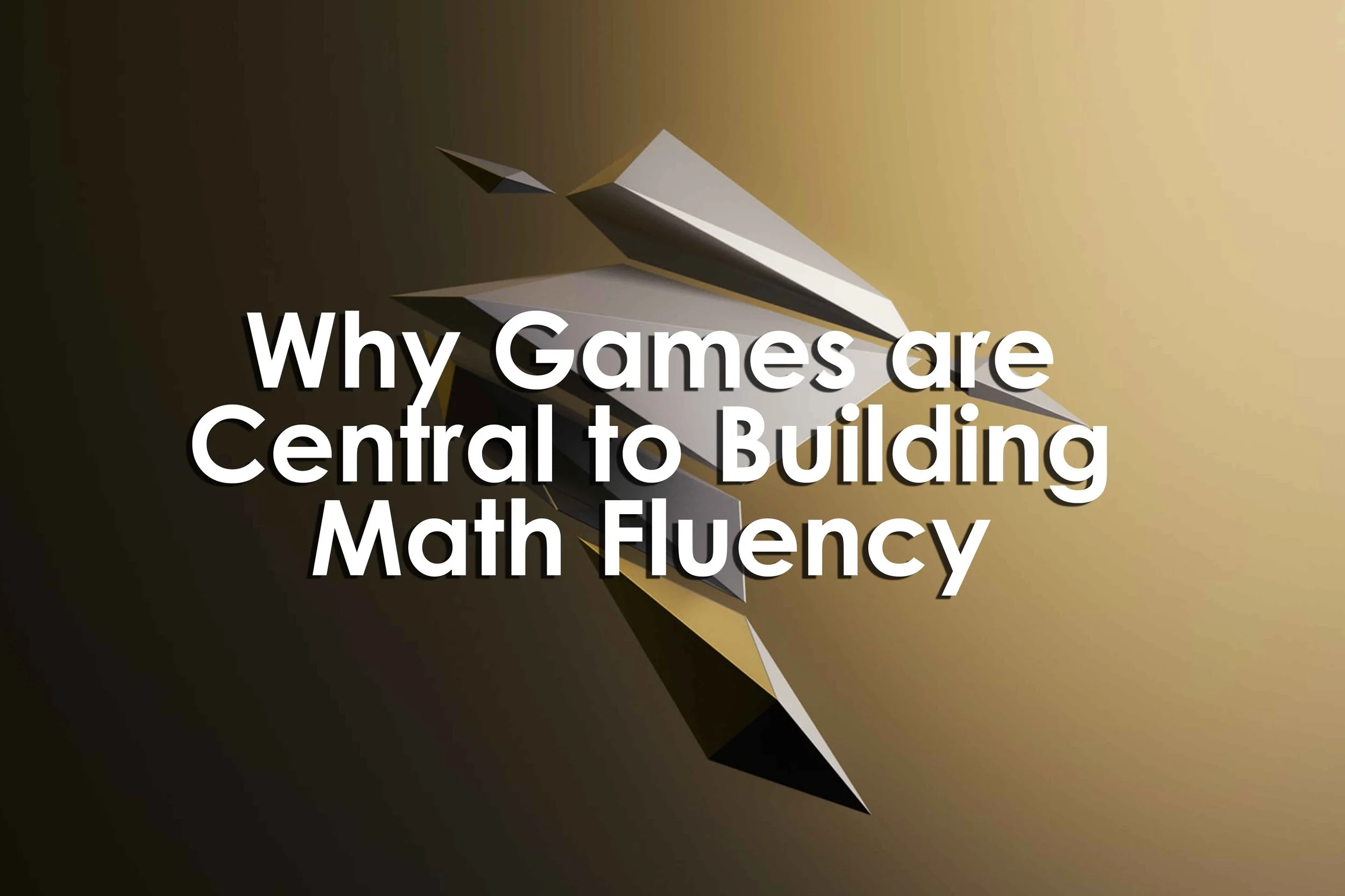Why Games are Central to Building Math Fluency
Why Games are Central to Building Math Fluency
Why Games are Central to Building Math Fluency
By Emily Young
Summary
Using well-designed games and other engaging, inquiry-based activities to replace standard practice exercises, such as flashcards or worksheets, extends students' understanding of math as well as improves their attitude towards mathematics.
If we're just gamifying flashcards, we're not furthering students' understanding of how math concepts are interconnected.
Look for games with multiple representations of math that keep students actively engaged.
Multiple representations of math show students there are a number of ways to visualize concepts and solve problems.
Play Free Games That Build Math Fluency ST Math's approach to math fluency focuses on building number sense and conceptual understanding of math, so students can confidently devise the strategies, including the use of standard algorithms.
ST Math is designed to help all students reach math proficiency through self-paced, language-independent, mastery-based objectives.
What if encouraging your students to play quality math games does help them become better problem solvers? See for yourself! Visit the ST Math Play Page and explore a variety of free, standards-aligned games that will create more engagement in your classroom.
Reference
Young, E. (n.d.). Why games are central to building math fluency. Retrieved October 19, 2021, from https://blog.mindresearch.org/blog/why-games-are-central-to-building-math-fluency


